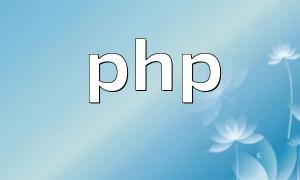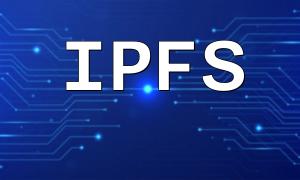With the widespread use of Java and Android applications, developers are increasingly focused on leveraging server-side technologies for more flexible and efficient feature extensions. PHP, as a mature and widely-used server-side scripting language, offers strong backend support for mobile applications. This article shares practical strategies for integrating PHP into Java and Android development to enhance app performance and user satisfaction.
Among many server-side technologies, PHP stands out for its simplicity and extensive resources, making it an ideal choice for developers. Its advantages include:
Easy to learn, suitable for developers at various skill levels.
A large community with abundant online resources.
Seamless integration with MySQL databases, enabling efficient data handling.
Flexible handling of forms and user requests to meet diverse needs.
Building PHP-based RESTful APIs is the mainstream integration approach. Android clients interact with the server through HTTP requests to fetch and submit data. Example PHP code:
header('Content-Type: application/json');
$response = array('message' => 'Hello from PHP!');
echo json_encode($response);
?>For applications requiring real-time data transmission, WebSocket technology can be adopted. PHP’s Ratchet library provides comprehensive WebSocket support, enabling Java and Android apps to perform instant, two-way data exchange.
PHP excels in database interactions, especially when paired with MySQL. Android apps call PHP scripts to retrieve data from databases, enabling dynamic content display. Example code:
$mysqli = new mysqli("localhost", "user", "password", "database");
$result = $mysqli->query("SELECT * FROM table");
$data = $result->fetch_all(MYSQLI_ASSOC);
echo json_encode($data);
?>Many real-world projects have successfully integrated Java/Android with PHP. For example, an e-commerce mobile app uses PHP to handle order processing and payment workflows, seamlessly connecting with the Android client to significantly improve data handling efficiency and user experience.
Performance optimization and security protection are critical when integrating PHP with Java/Android. It is recommended to use HTTPS to secure data transmission and implement prepared statements to prevent SQL injection, ensuring a stable and reliable backend system.
Integrating PHP into Java and Android app development enriches application functionality and enhances user interaction. Mastering RESTful APIs, WebSocket, and database interaction methods helps developers build efficient and secure mobile applications. Continuous learning and practice will empower developers to achieve greater success in mobile development.









